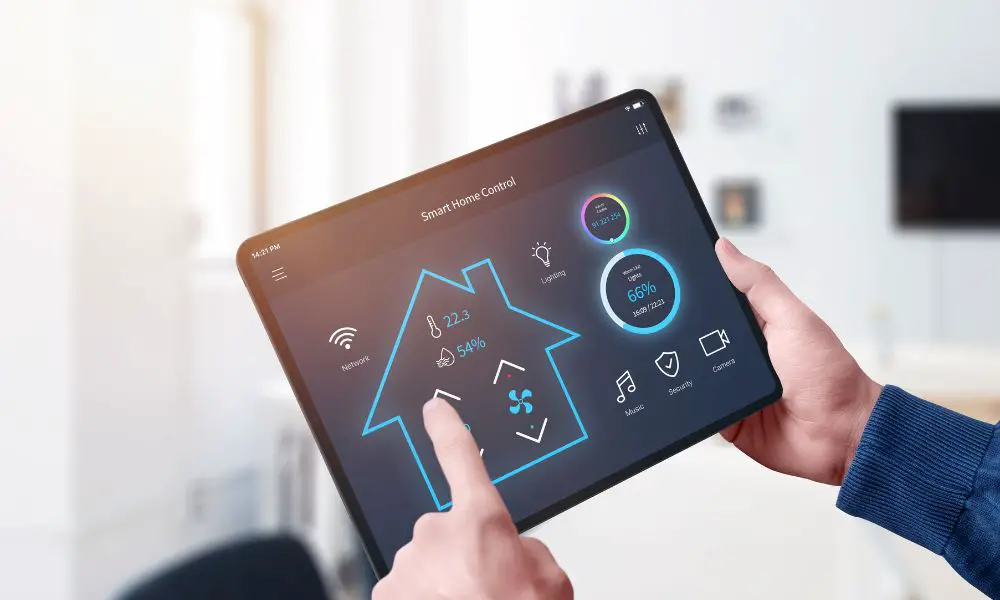

In the heat of summer or the depths of winter, it’s always a good time to assess your home’s energy efficiency. Take stock of how your living space’s design and materials affect the amount of electricity, gas, and other utilities you use. It could be you’re missing out on savings. Here’s how to help your home save more energy overall.
On a cold day, test your doors and windows and see if you notice any drafts. Even the smallest cracks can, over time, let out heat or conditioned air. That adds up over time. Offset these leaks with weatherstripping and add door sweeps inside and outside doors as well for another line of defense. If your doors are older and aren’t hanging and sealing as well as they once did, it might be time to replace them. Keep in mind that some styles of doors are designed to save energy.
Most heating, ventilation, and air conditioning (HVAC) systems these days are built for energy efficiency, but you need to schedule periodic maintenance for them. Check and change the filters according to the manufacturer’s standards. Have a technician visit to inspect, clean, and service the unit at least once a year—ideally before the summer or winter season. Keep vents clear and set the thermostat to run the heating or air conditioning at a lower setting when you’re not in the house.
Incandescent lightbulbs are already on the way out, so begin replacing all the bulbs in your home with LED ones. They use far less energy than incandescent bulbs and last even longer. Meanwhile, make sure the lights are on only when you’re home and in a room. Adding timers to lamps and other light sources isn’t just a good idea when you’re on vacation. It can regulate light usage and therefore cut down on your electricity bills. And smart power strips can ensure electrical appliances aren’t drawing power when they’re not in use as well. You may not know it, but you might be losing money through devices that are always on even when not in use.
Here’s just one more tip on how to help your home save more energy overall. Some appliances—like dryers, washers, dishwashers, and similar devices—have filters to clean. These include dryer lint traps and vents behind stoves and other appliances that expel gases. Keep them clean and free from blockage. It’s not just a way to prevent the device from overworking itself; it can save your life, preventing noxious gases from entering your home. Be both energy efficient and safe!
Discover how to choose the right chain sling, from single-leg to quad-leg and adjustable slings,…
Secure your RV with the right storage facility. Explore local options to protect your investment,…
What is milk pasteurization, is it important, and should it matter to you? Here's the…
Learn what happens when you weld materials too quickly or too slowly, and why balancing…
Avoid injury and equipment damage with these five tips, including organizing your garage better, anchoring…
Avoid costly freight damage with the right securement system. Get expert tips for blocking, bracing,…